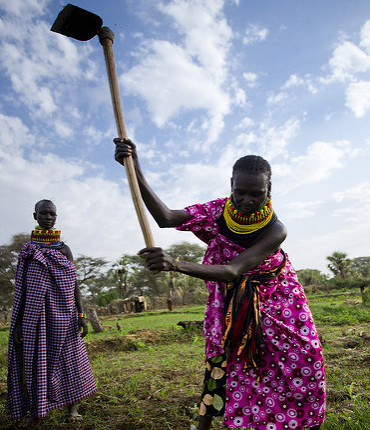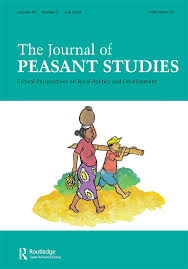An electronic syndromic surveillance system for early detection and control of livestock diseases in Marsabit County, Kenya
Rangeland community exchange conference 2018
Customizing policy and legislation for effective rangeland management in Marsabit county
Gender, Land and Mining in Mongolia
Mokoro’s practical and action-oriented long-term strategic research project, the Women’s Land Tenure Security Project (WOLTS), is piloting its methodology through a ‘Study on the threats to women’s land tenure security in Mongolia and Tanzania’.
The Community Land Act in Kenya
Kenya is the most recent African state to acknowledge customary tenure as producing lawful property rights, not merely rights of occupation and use on government or public lands. This paper researches this new legal environment. This promises land security for 6 to 10 million Kenyans, most of who are members of pastoral or other poorer rural communities.
‘Civilizing’ the pastoral frontier: land grabbing, dispossession and coercive agrarian development in Ethiopia
This paper analyzes frontier dynamics of land dispossessions in Ethiopia’s pastoral lowland regions. Through a case study of two sedentarization schemes in South Omo Valley, we illustrate how politics of coercive sedentarization are legitimated in the ‘civilizing’ impetus of ‘improvement schemes’ for ‘backward’ pastoralists.
Land Use Planning and Wildlife-Inflicted Crop Damage in Zambia
Damage to crops from wildlife interference is a common threat to food security among rural communities in or near Game Management Areas (GMAs) in Zambia. This study uses a two-stage model and cross-sectional data from a survey of 2769 households to determine the impact of land use planning on the probability and extent of wildlife-inflicted crop damage.
REDD+ as a Public Policy Dilemma: Understanding Conflict and Cooperation in the Design of Conservation Incentives
Command-and-control policies are often criticized as insufficient to tackle tropical deforestation.
Stakeholder Assessment of the Feasibility of Poplar as a Biomass Feedstock and Ecosystem Services Provider in Southwestern Washington, USA
Advanced Hardwood Biofuels Northwest (AHB), a USDA NIFA-funded consortium of university and industry partners, identified southwestern Washington as a potential location for a regional bioproducts industry using poplar trees (Populus spp.) as the feedstock.
The Generative Potential of Tensions within Belgian Agroecology
Food crises and ecologization have given rise to a Belgian dynamic that does not behave according to the conventional tripod of agroecology: practitioners, social movement, and scientists.









